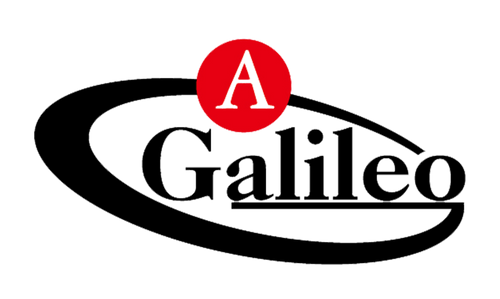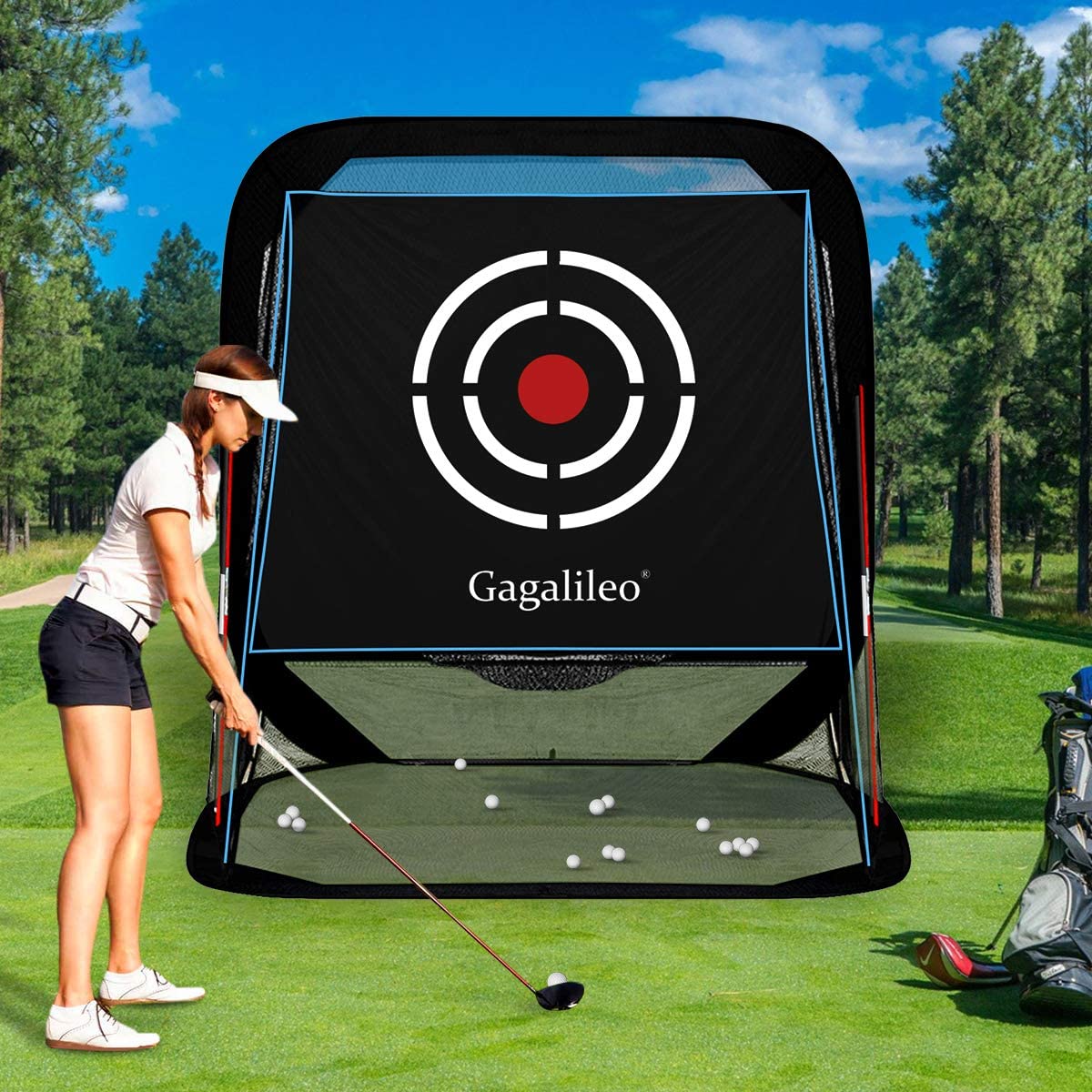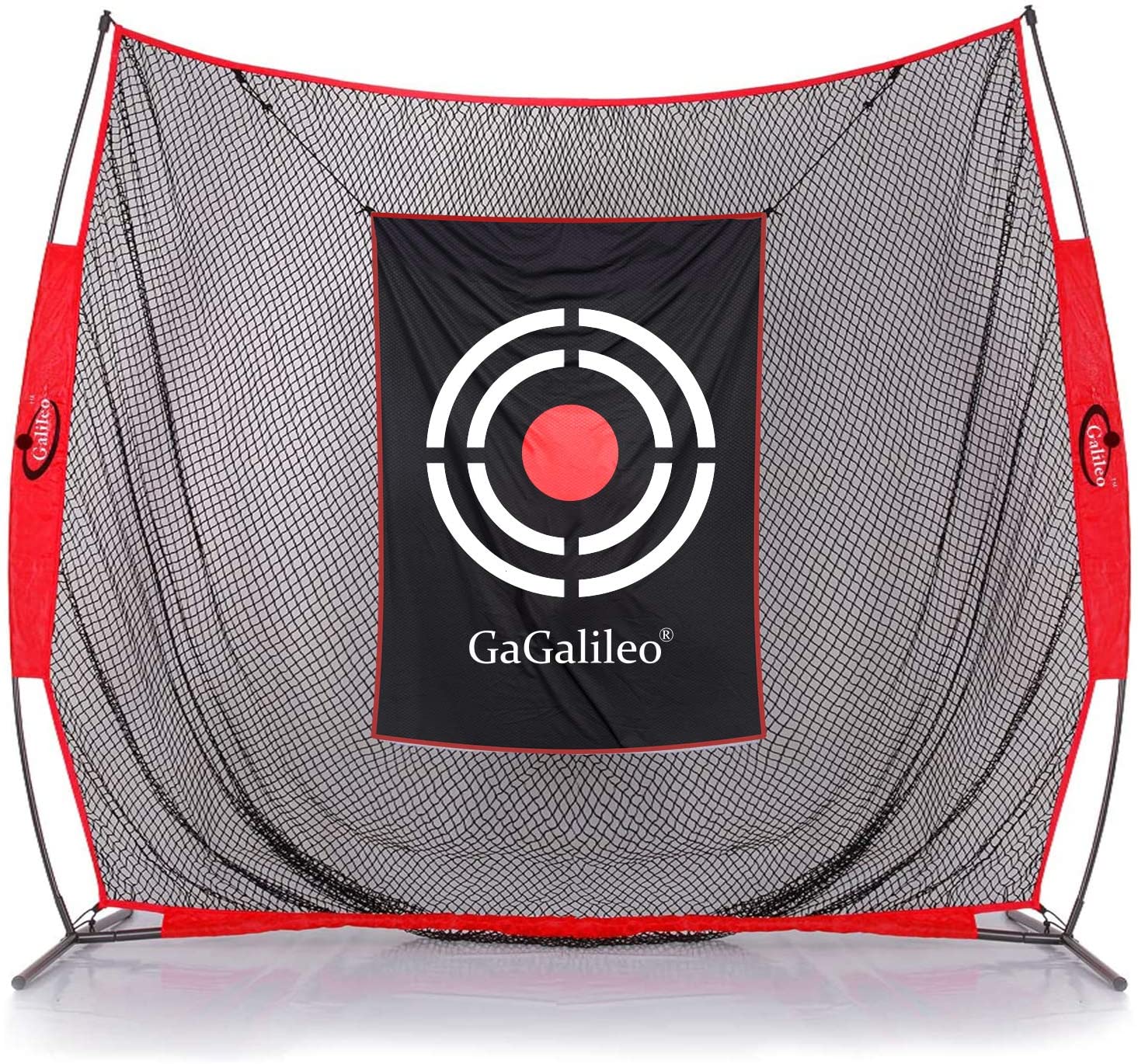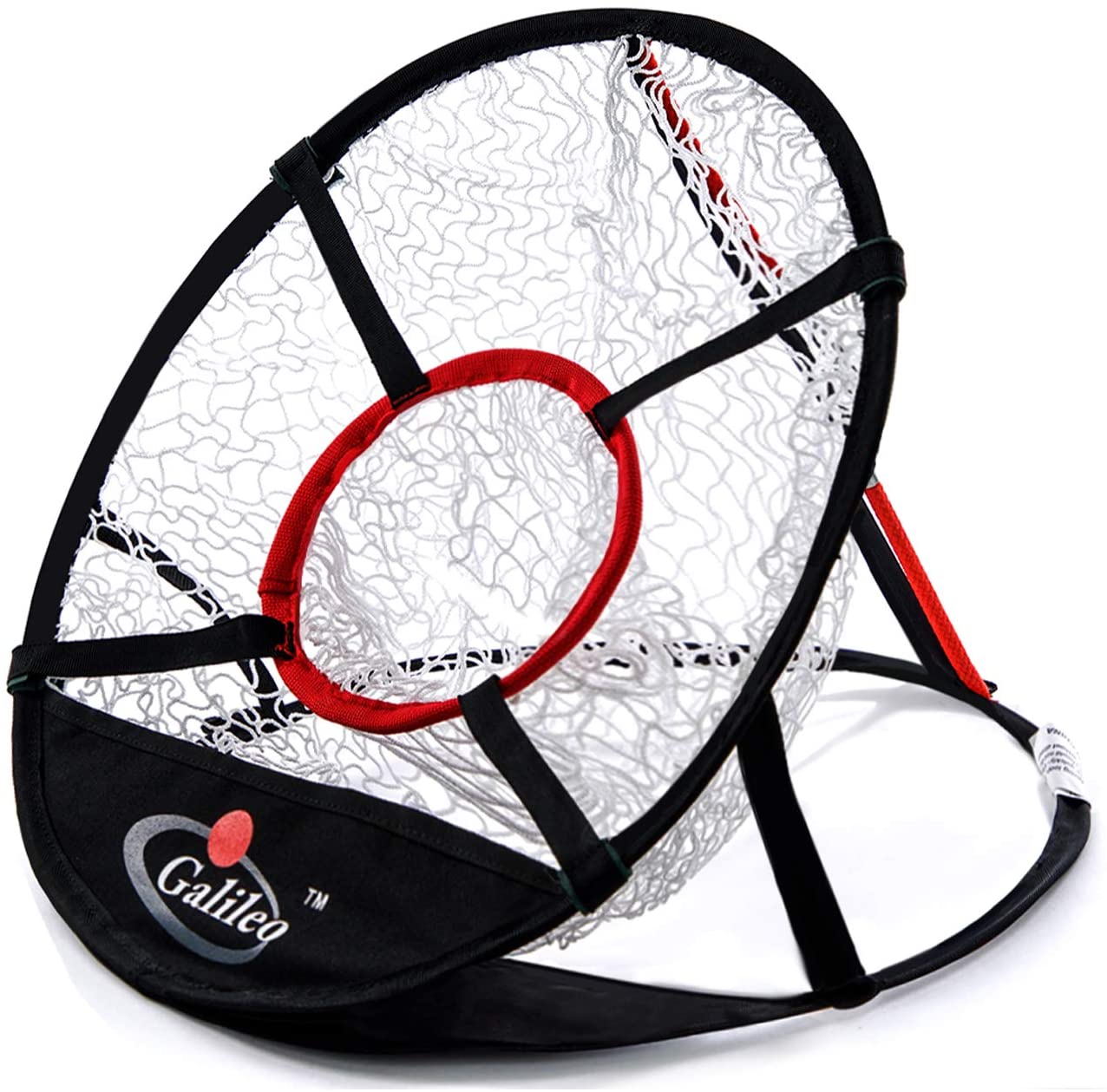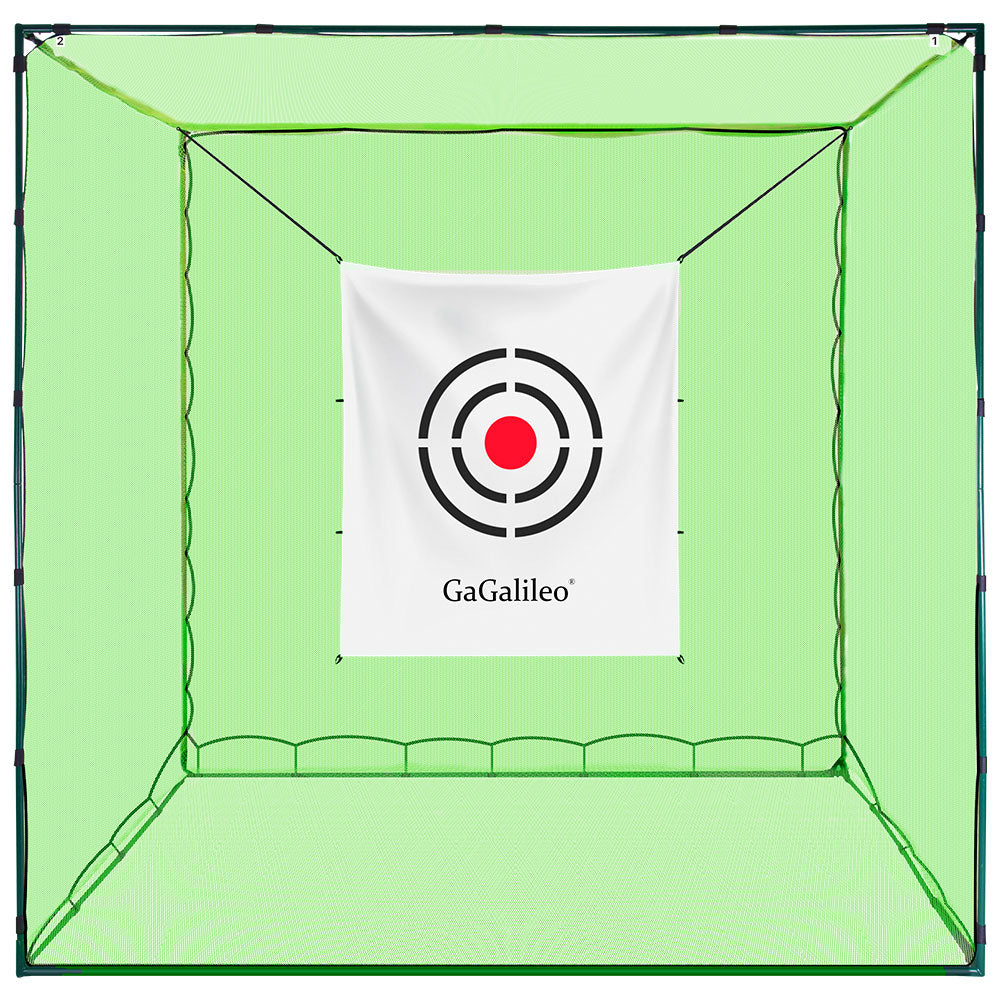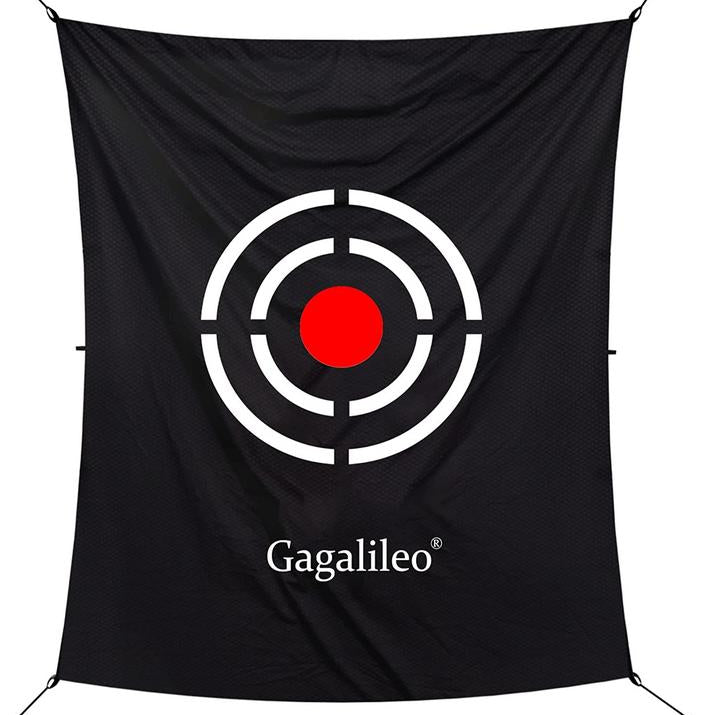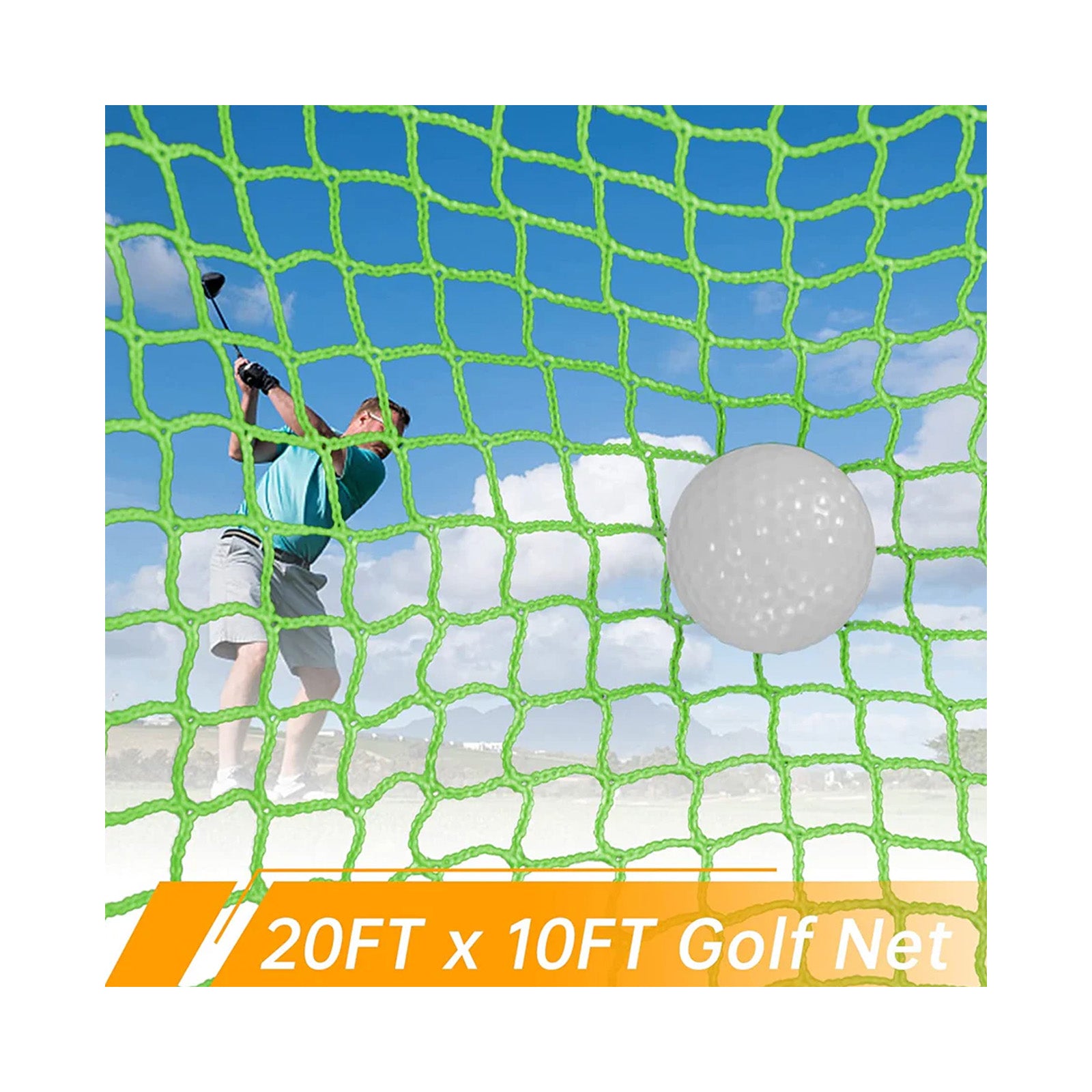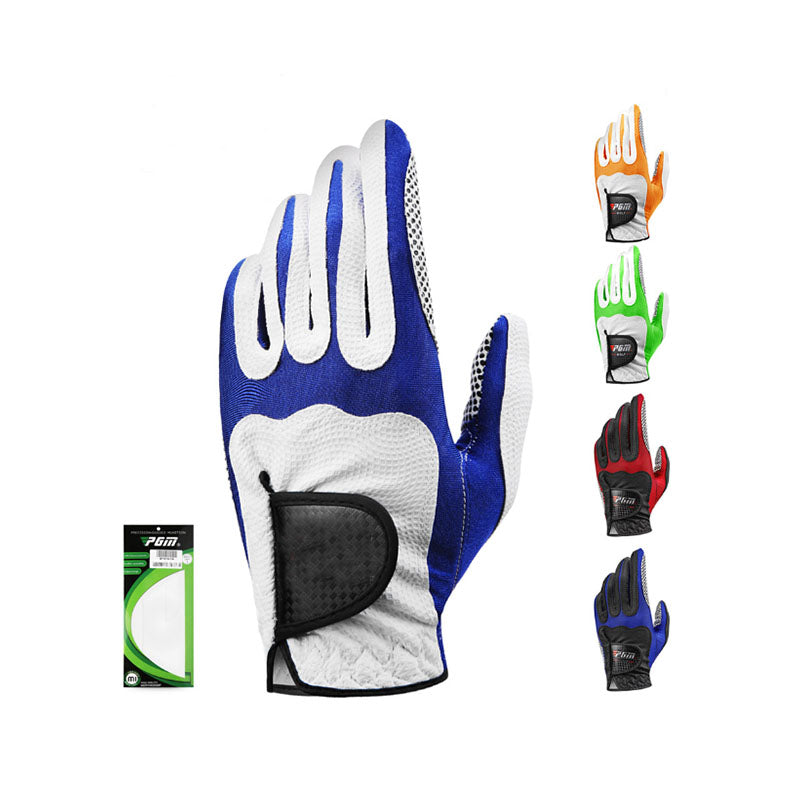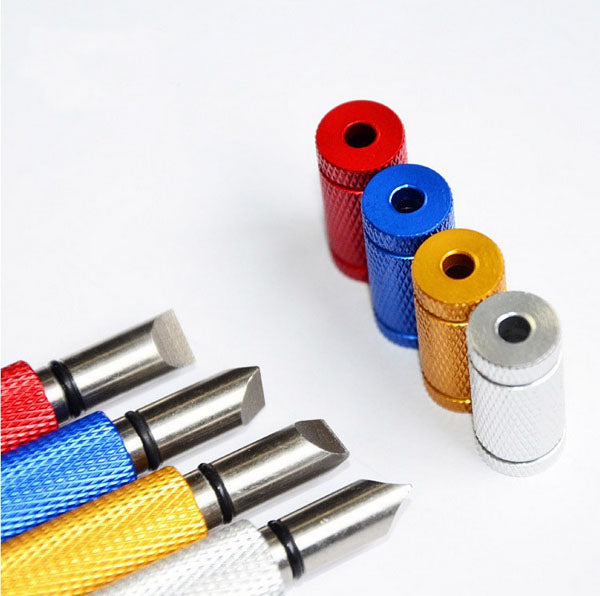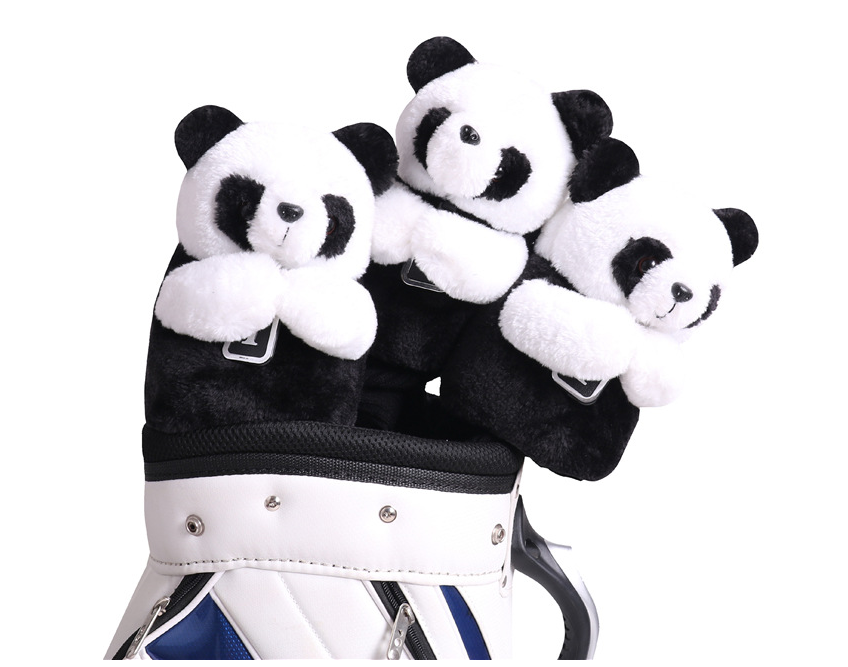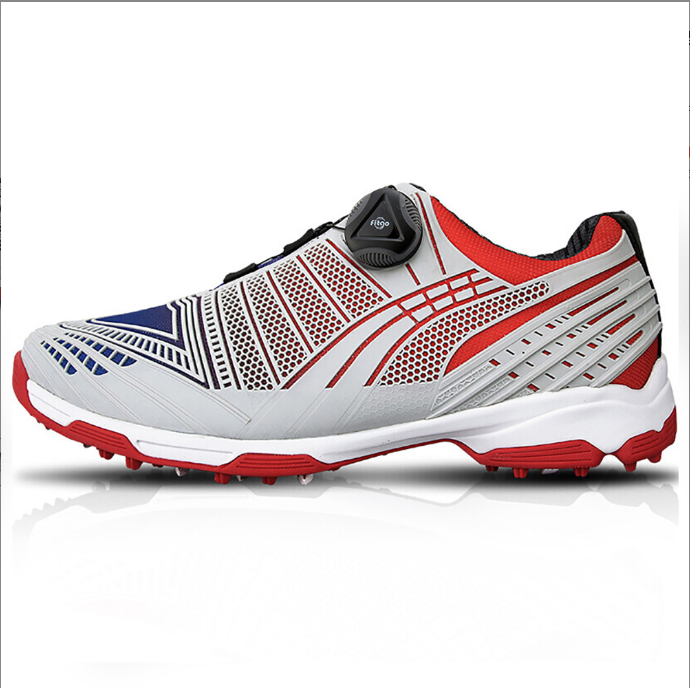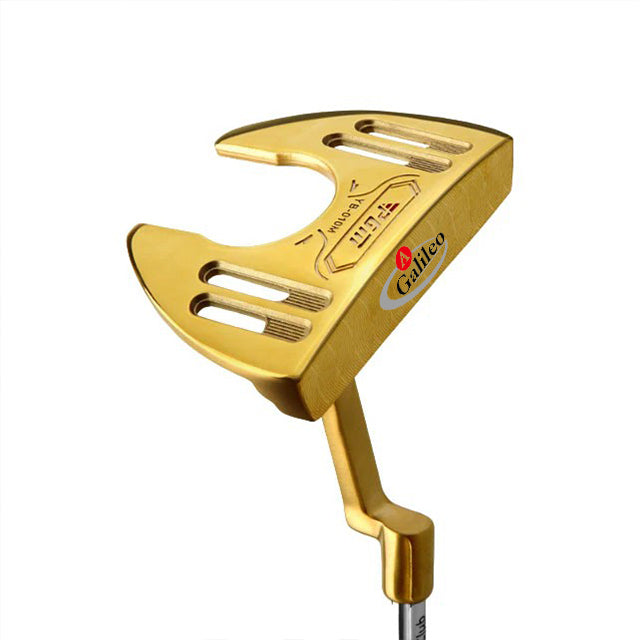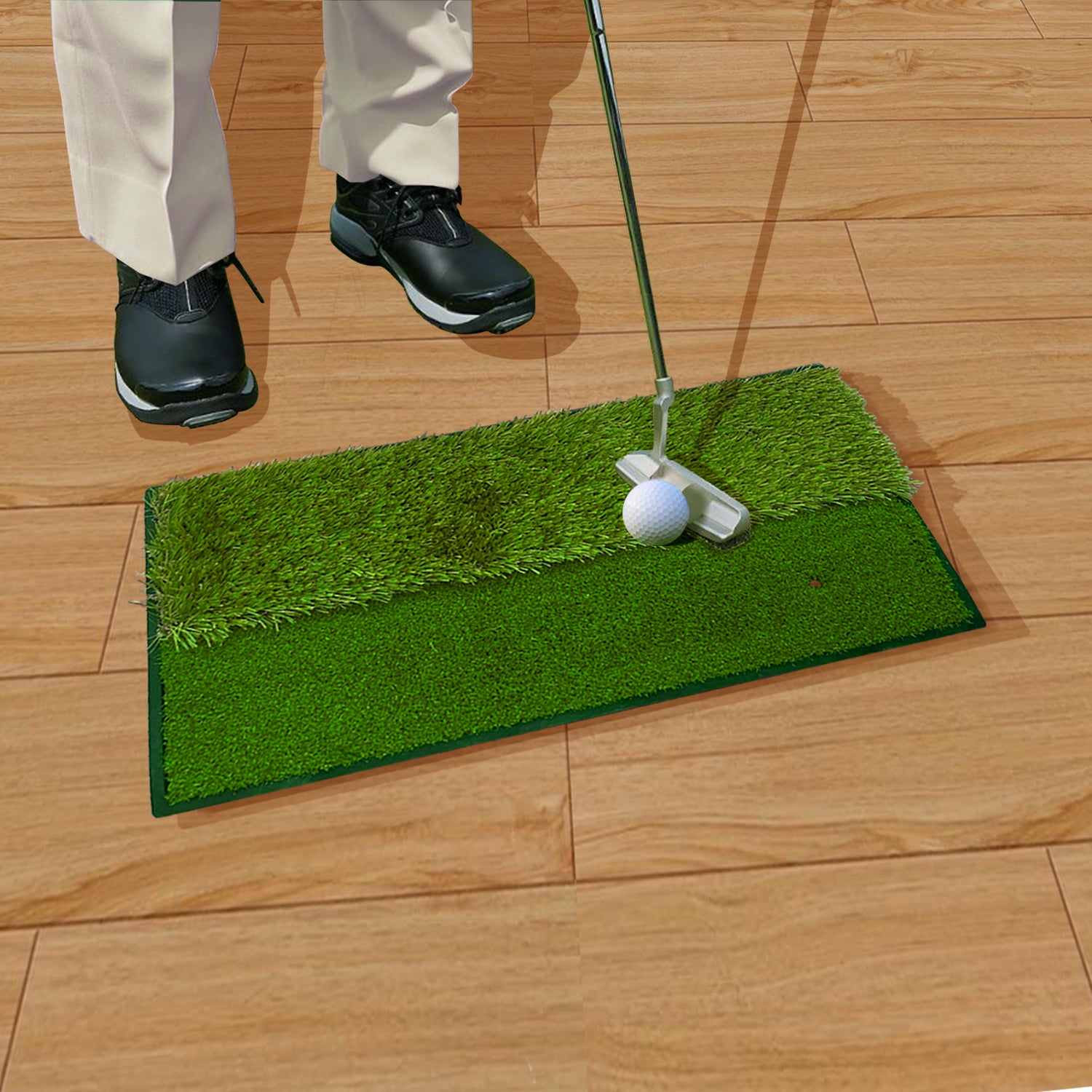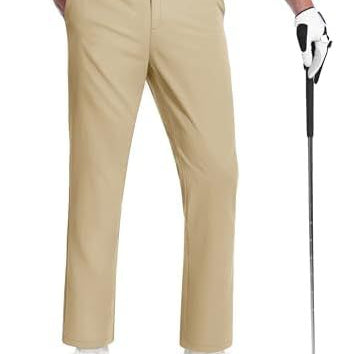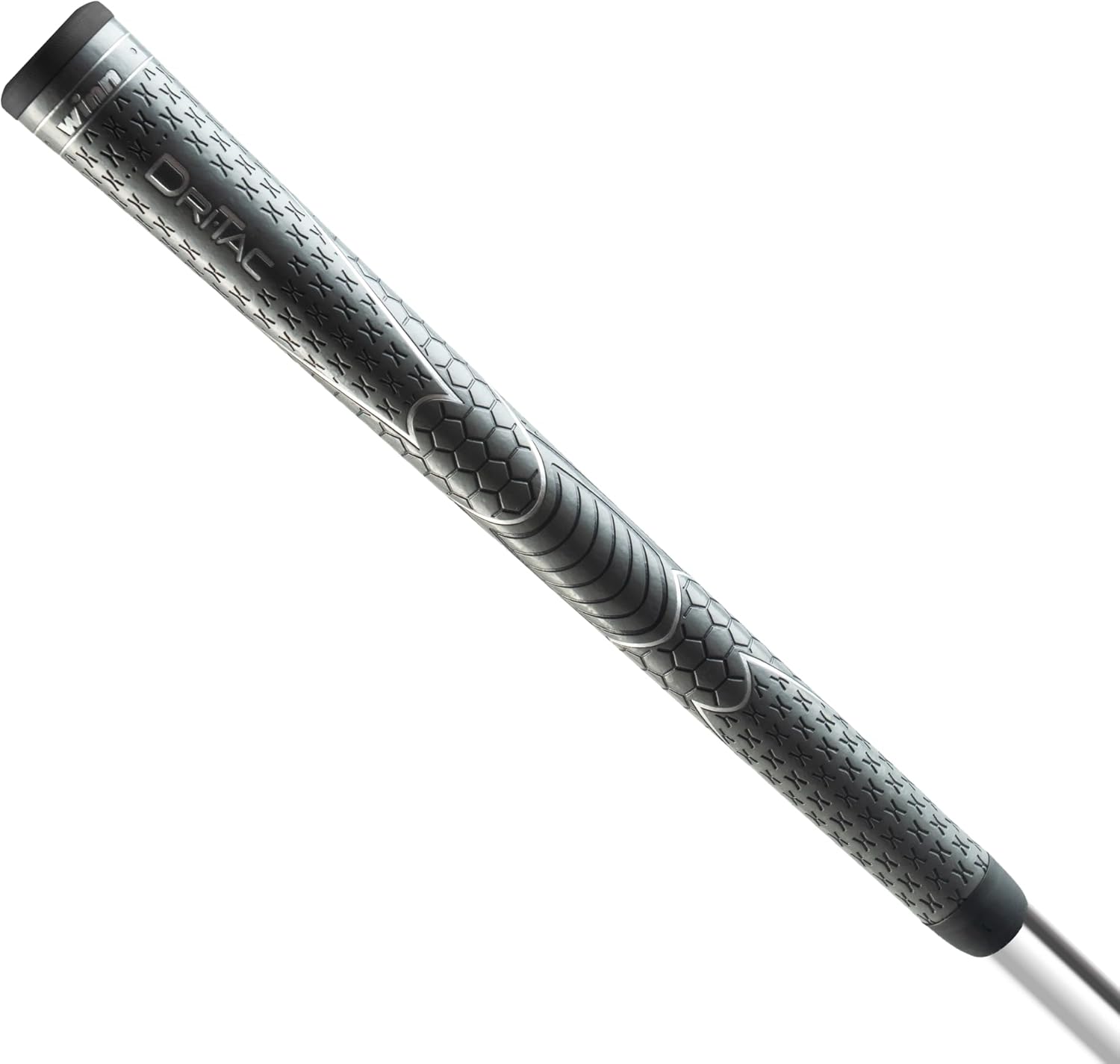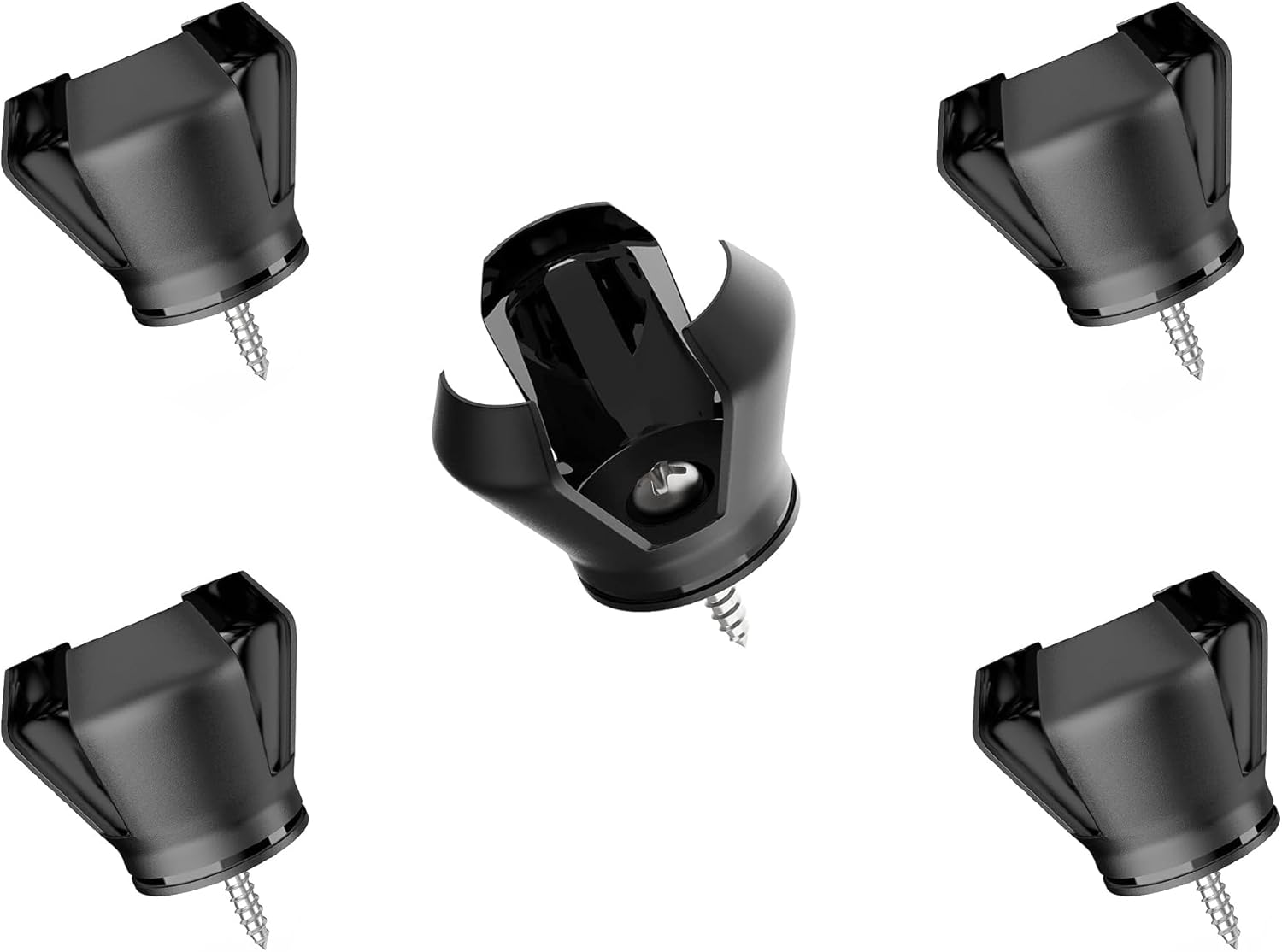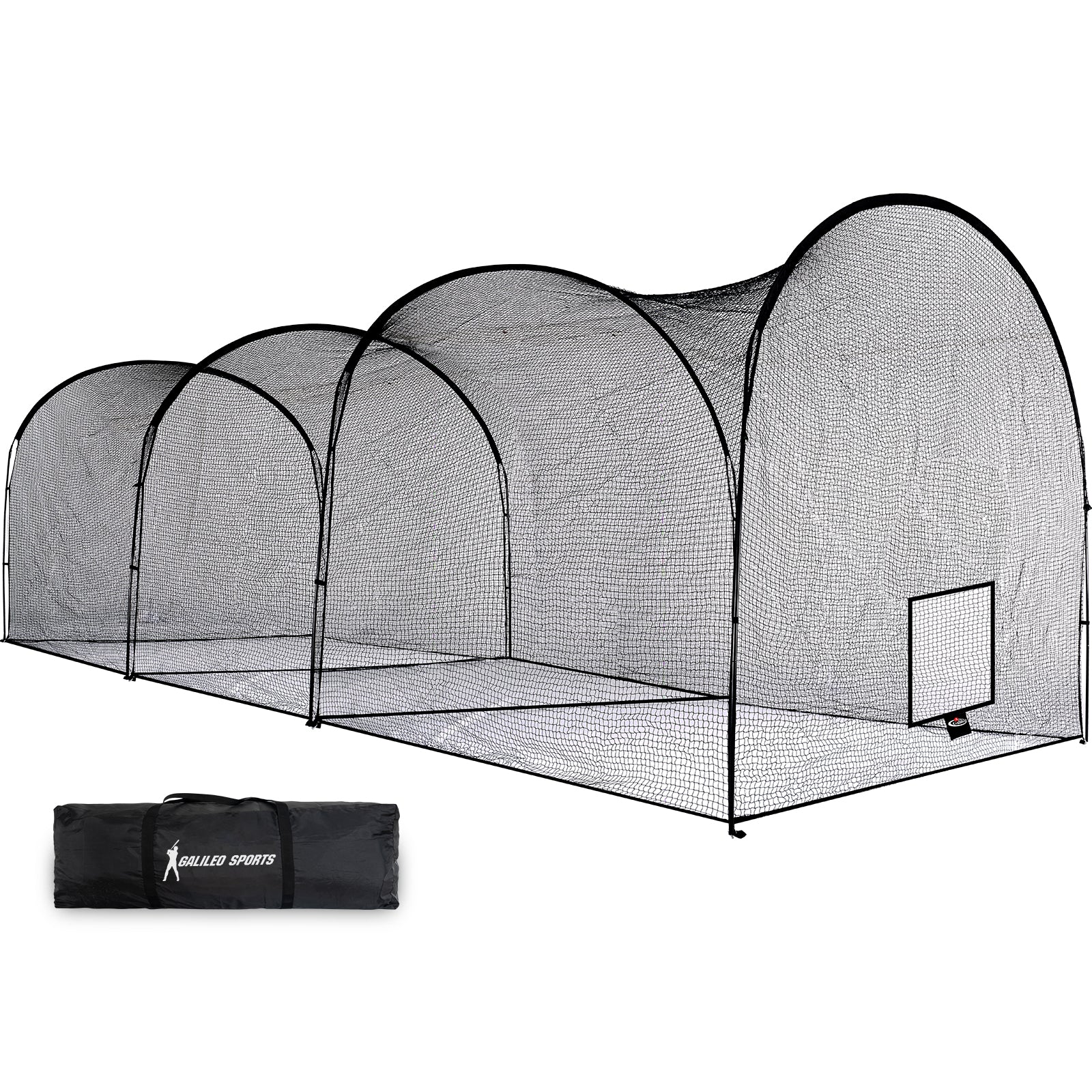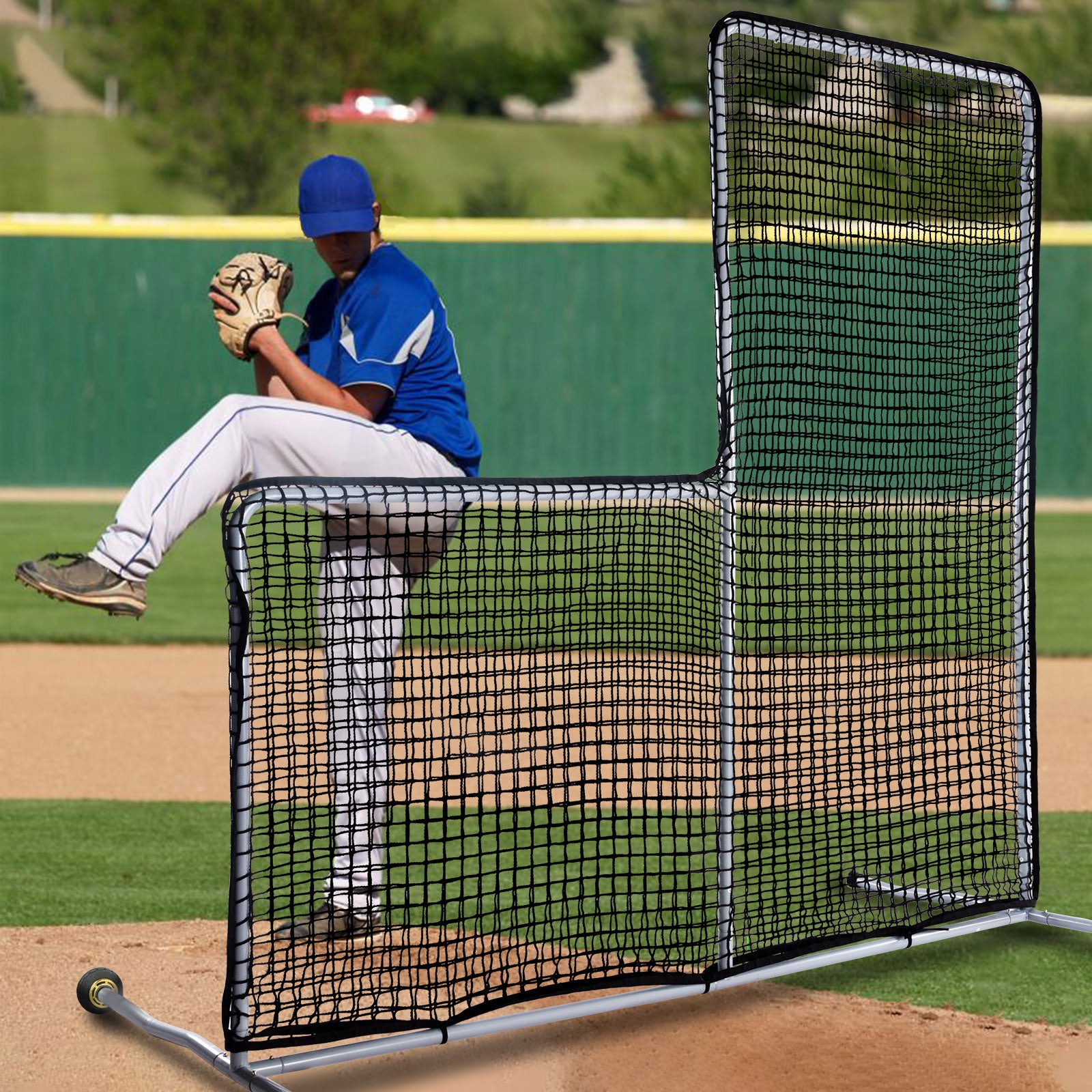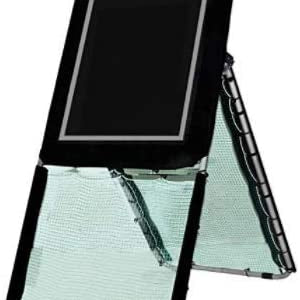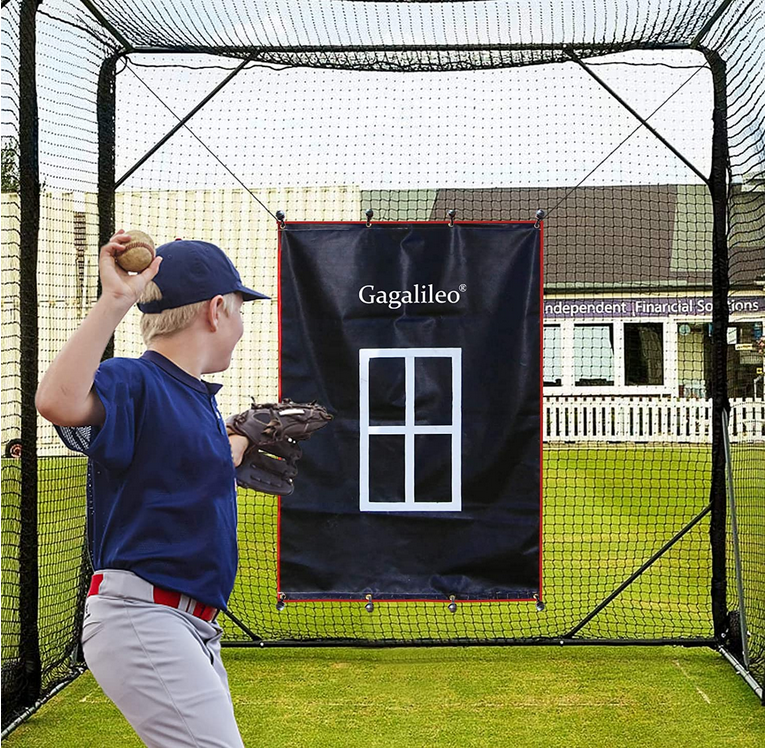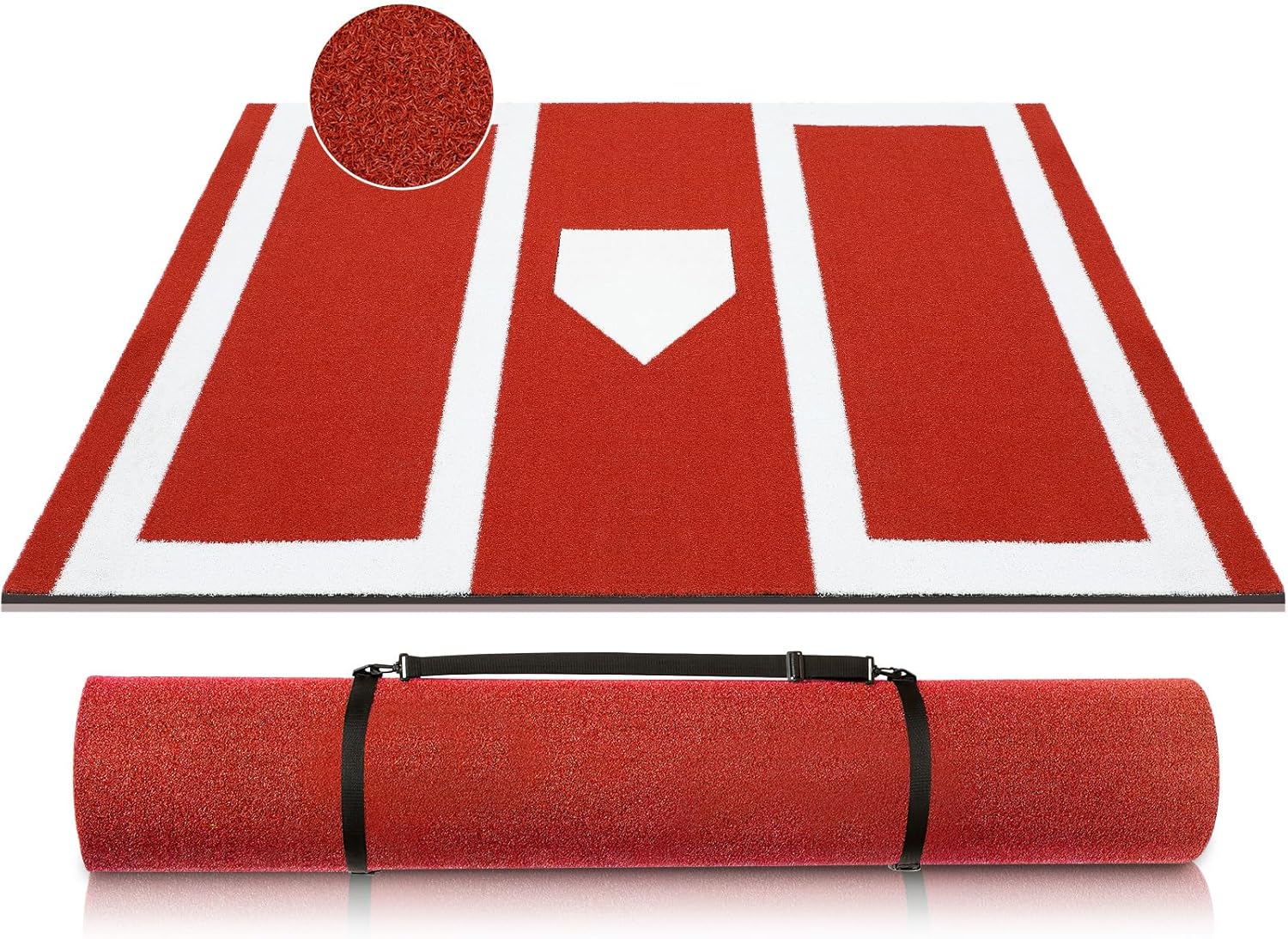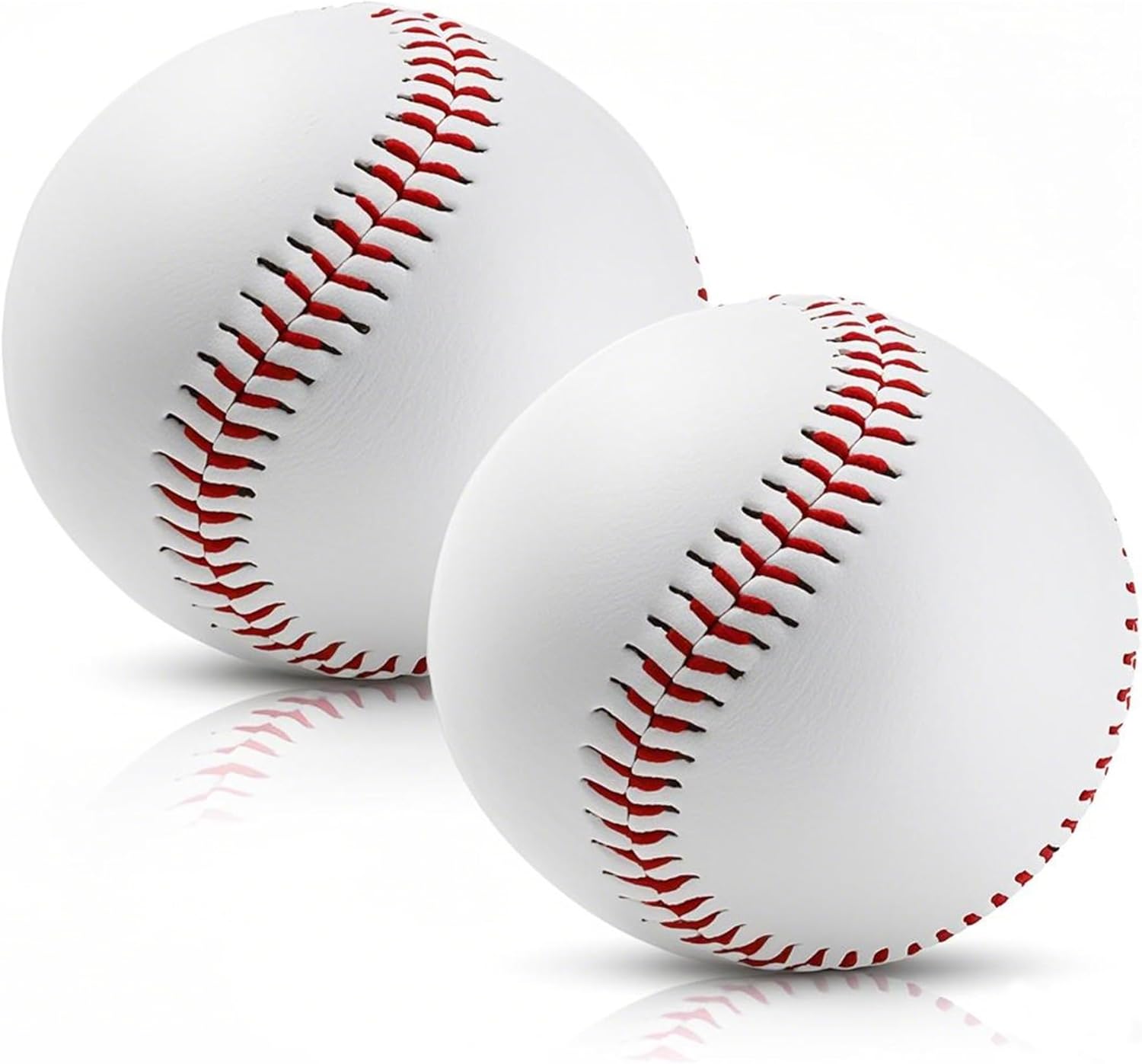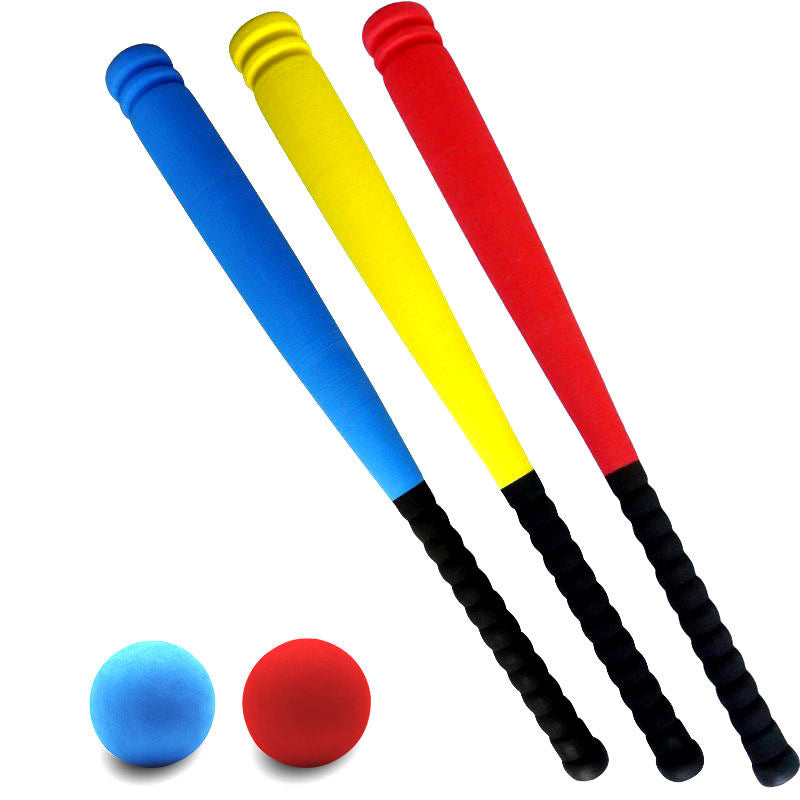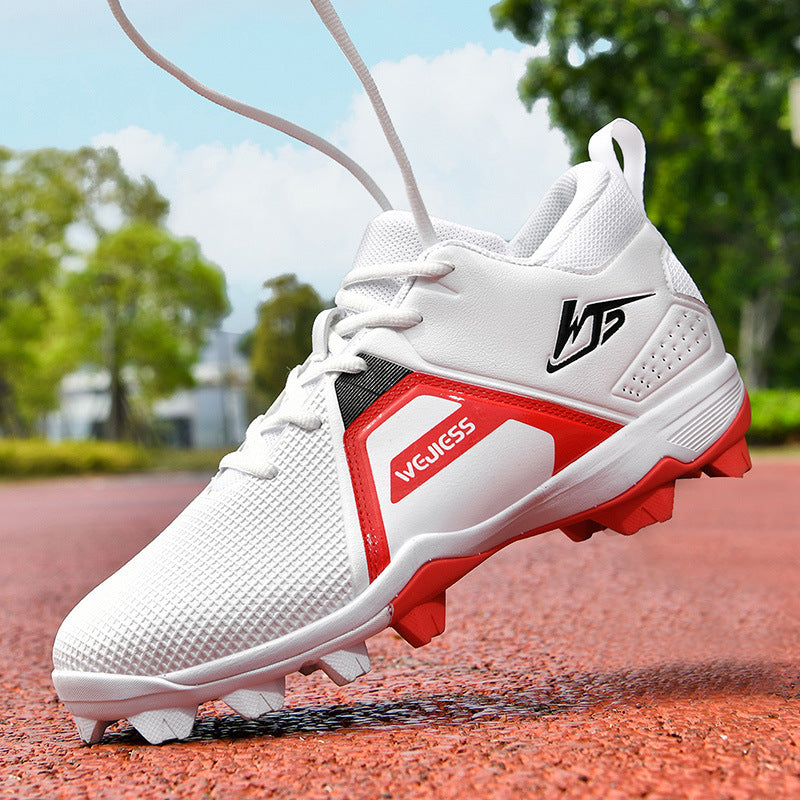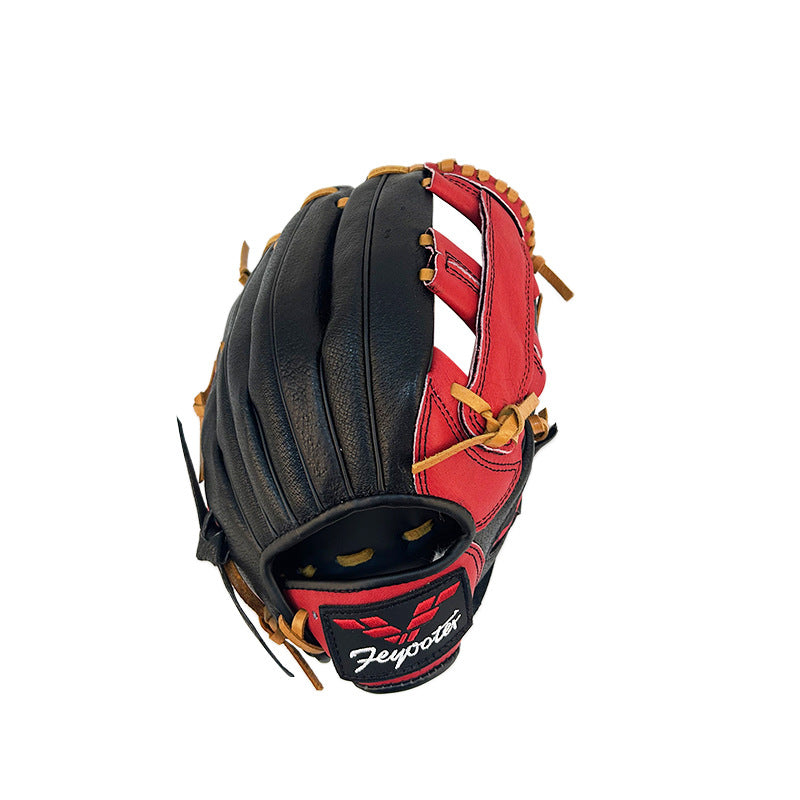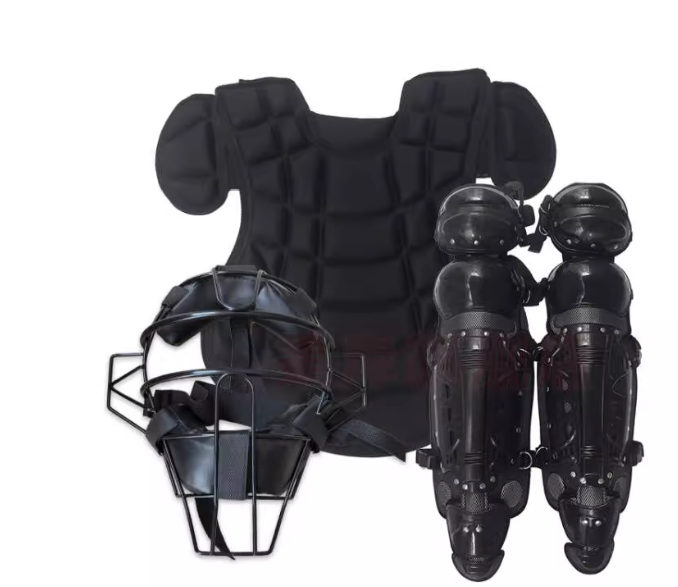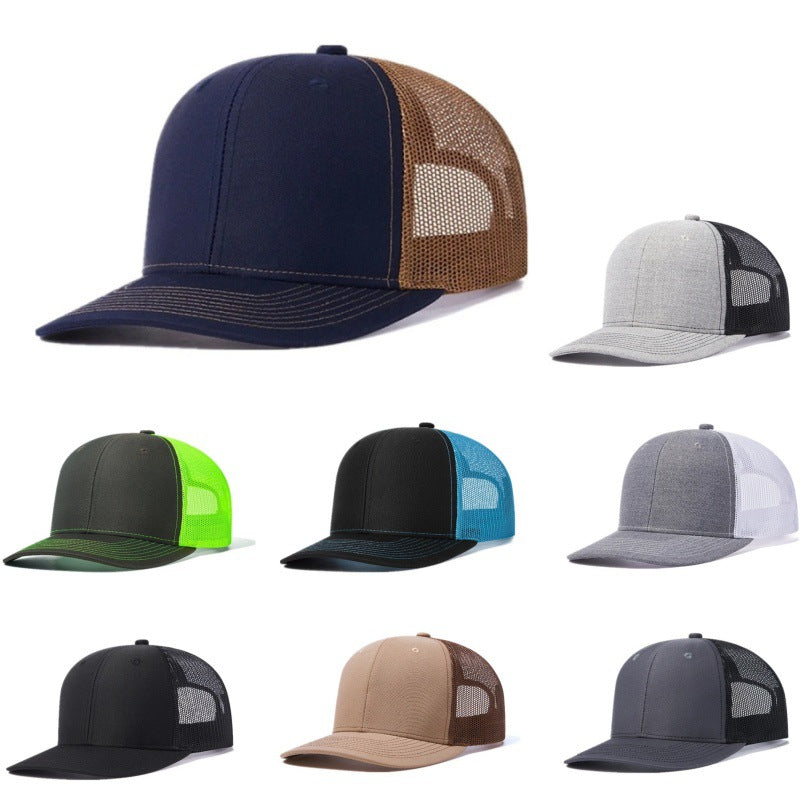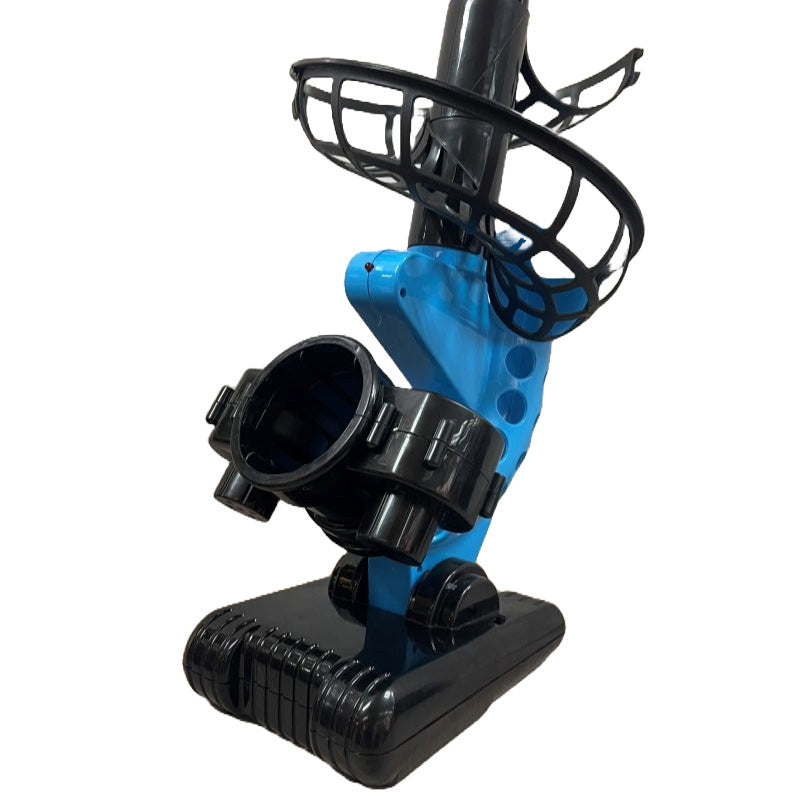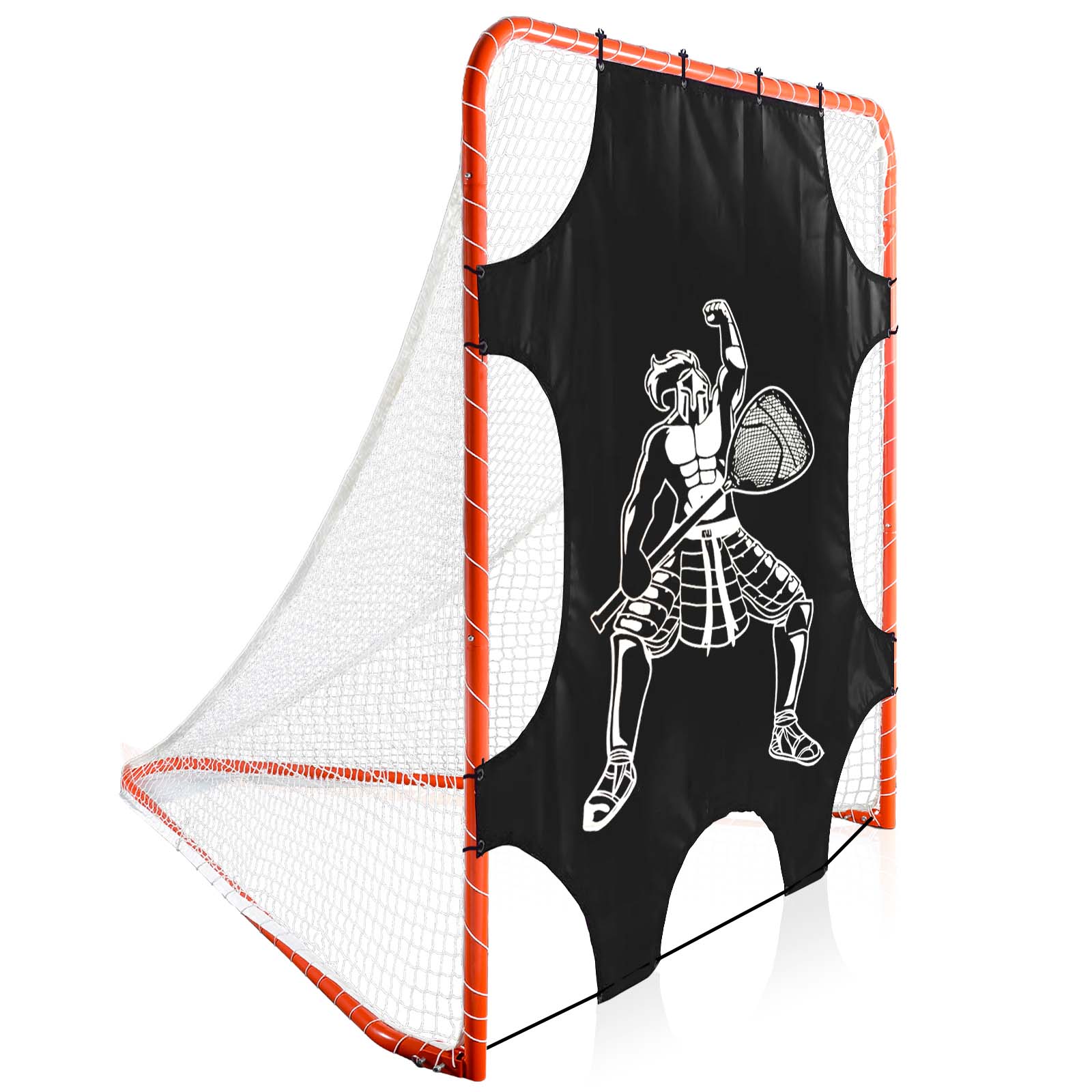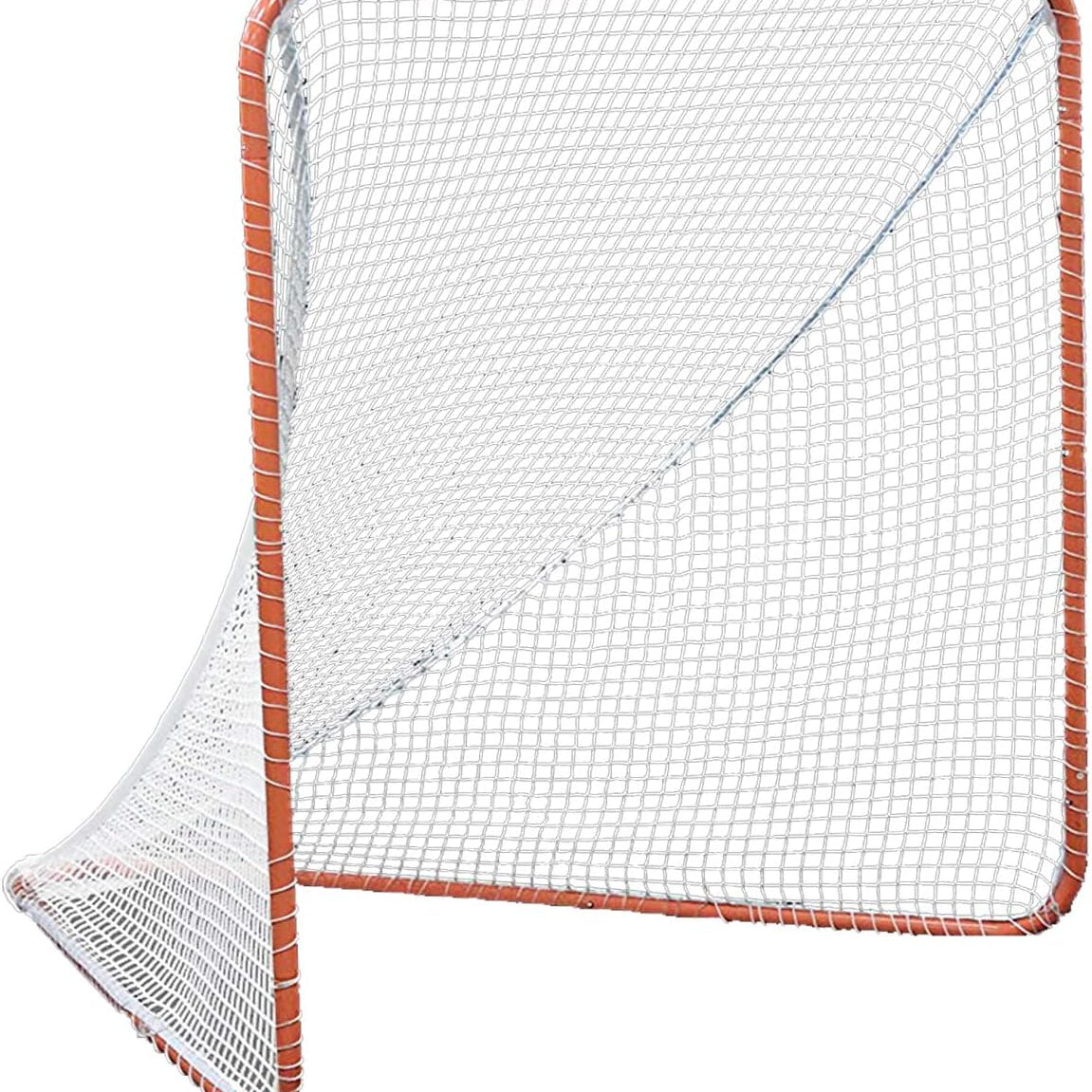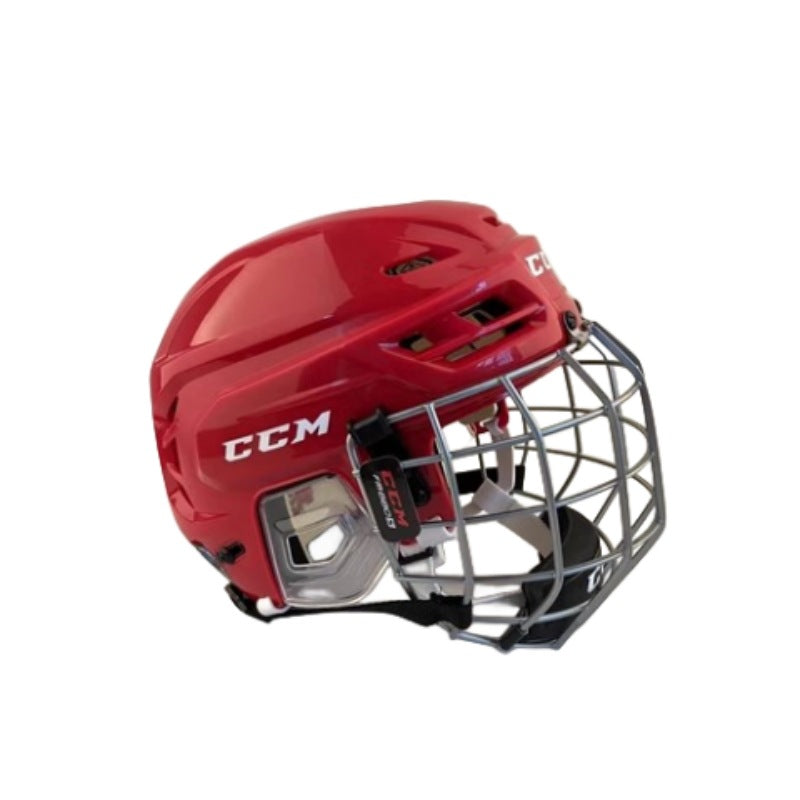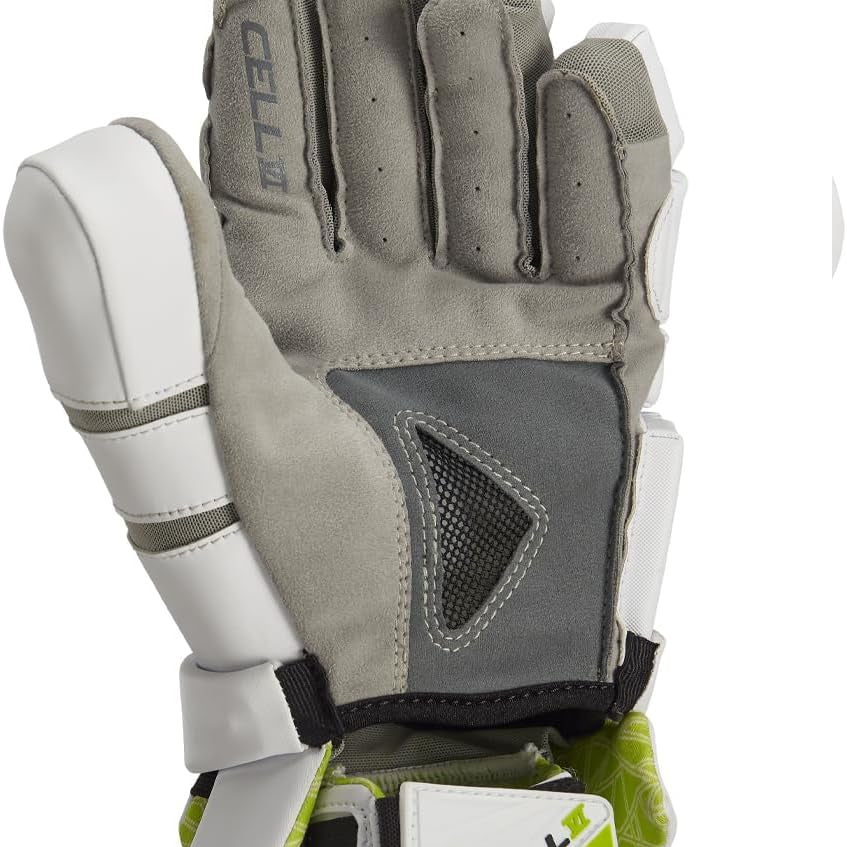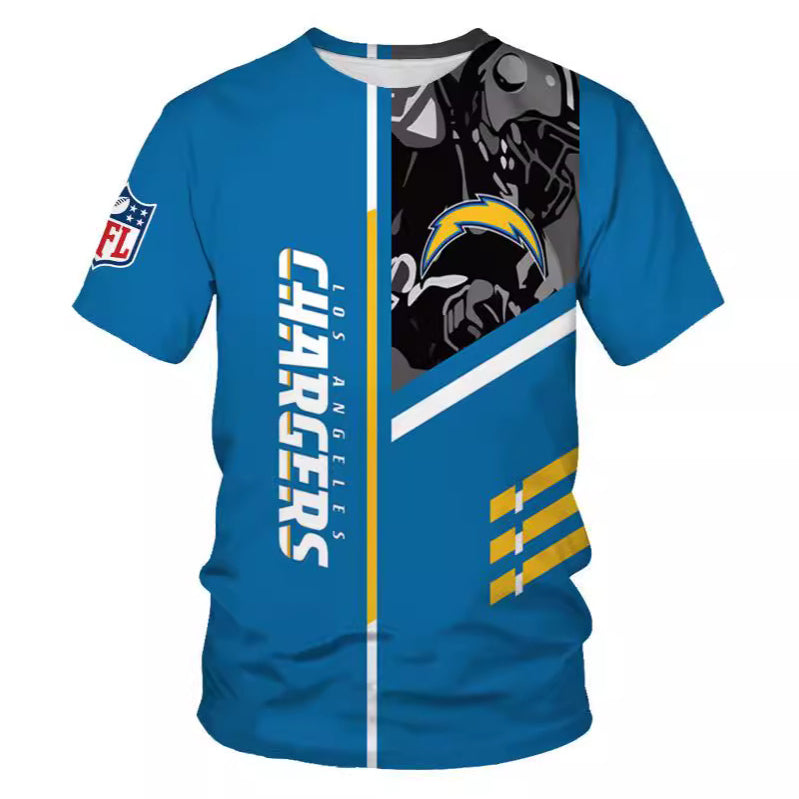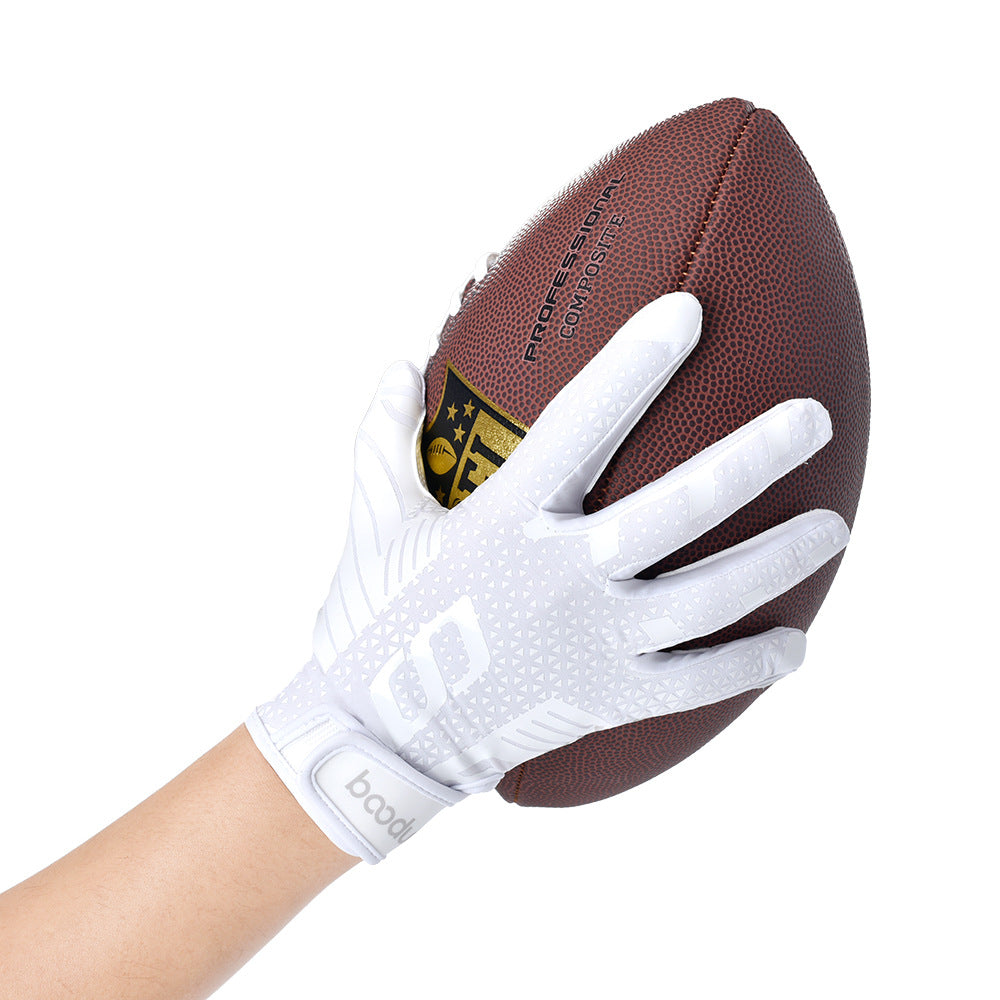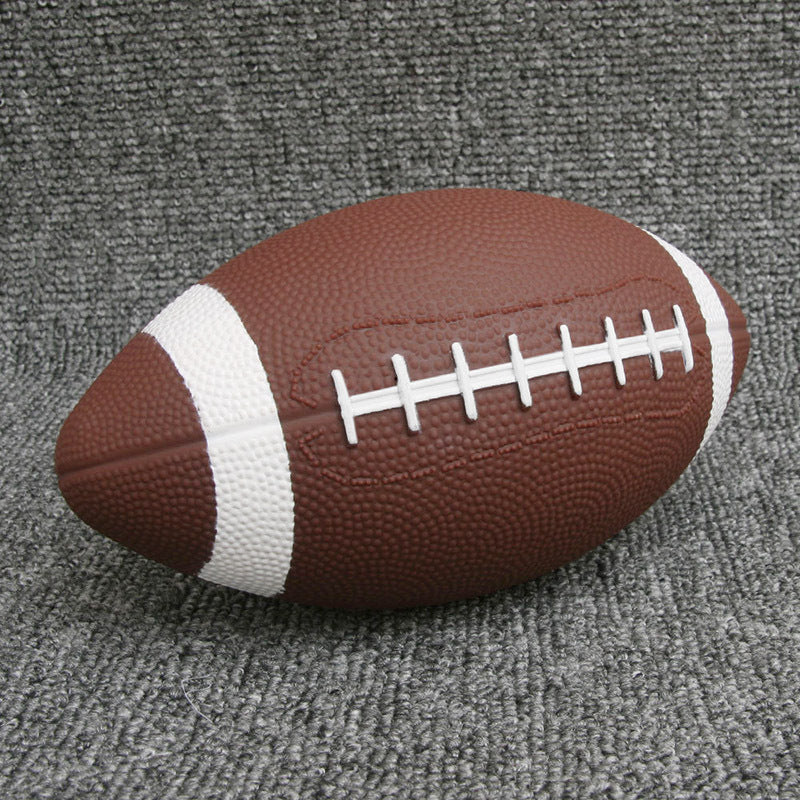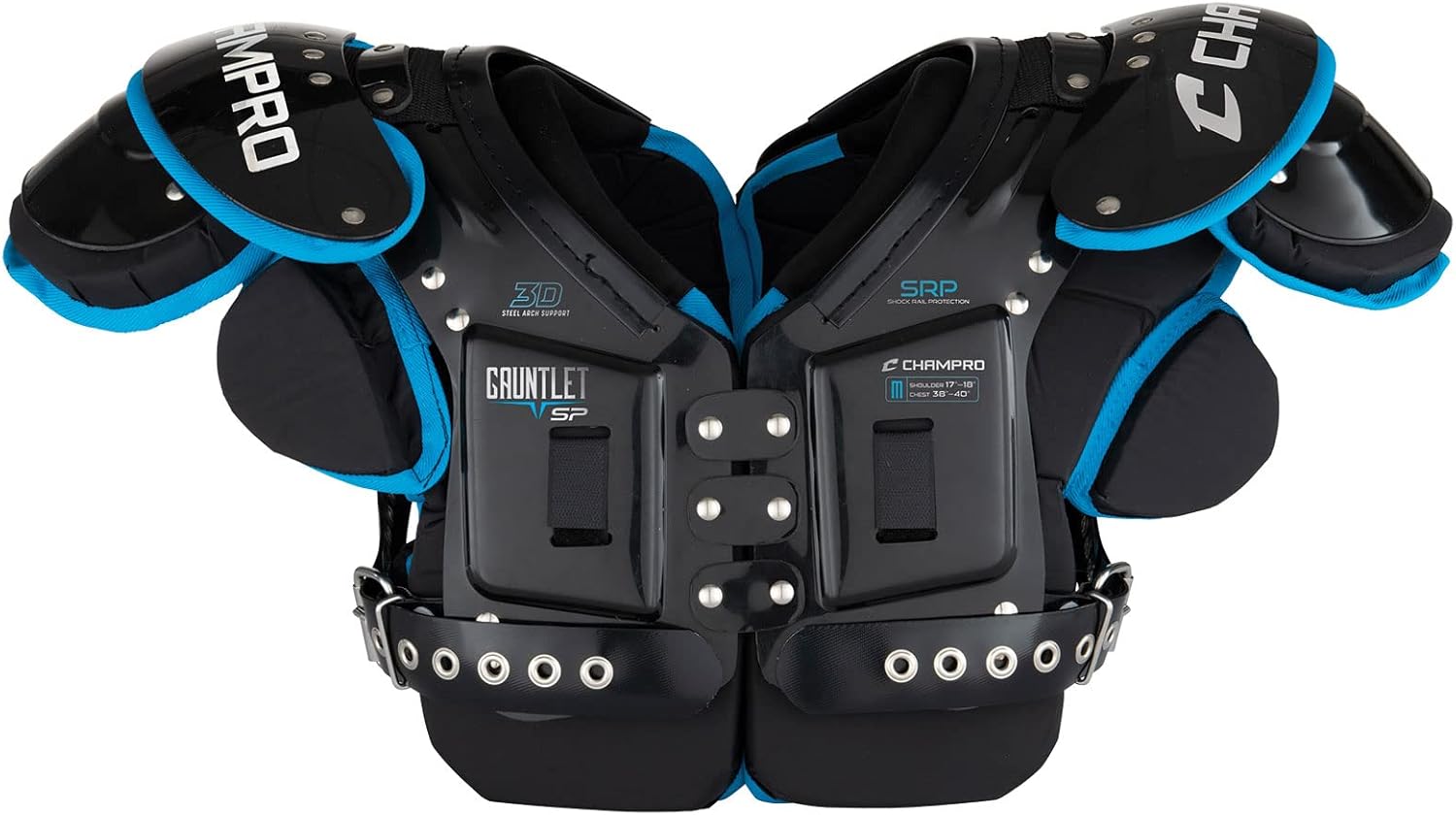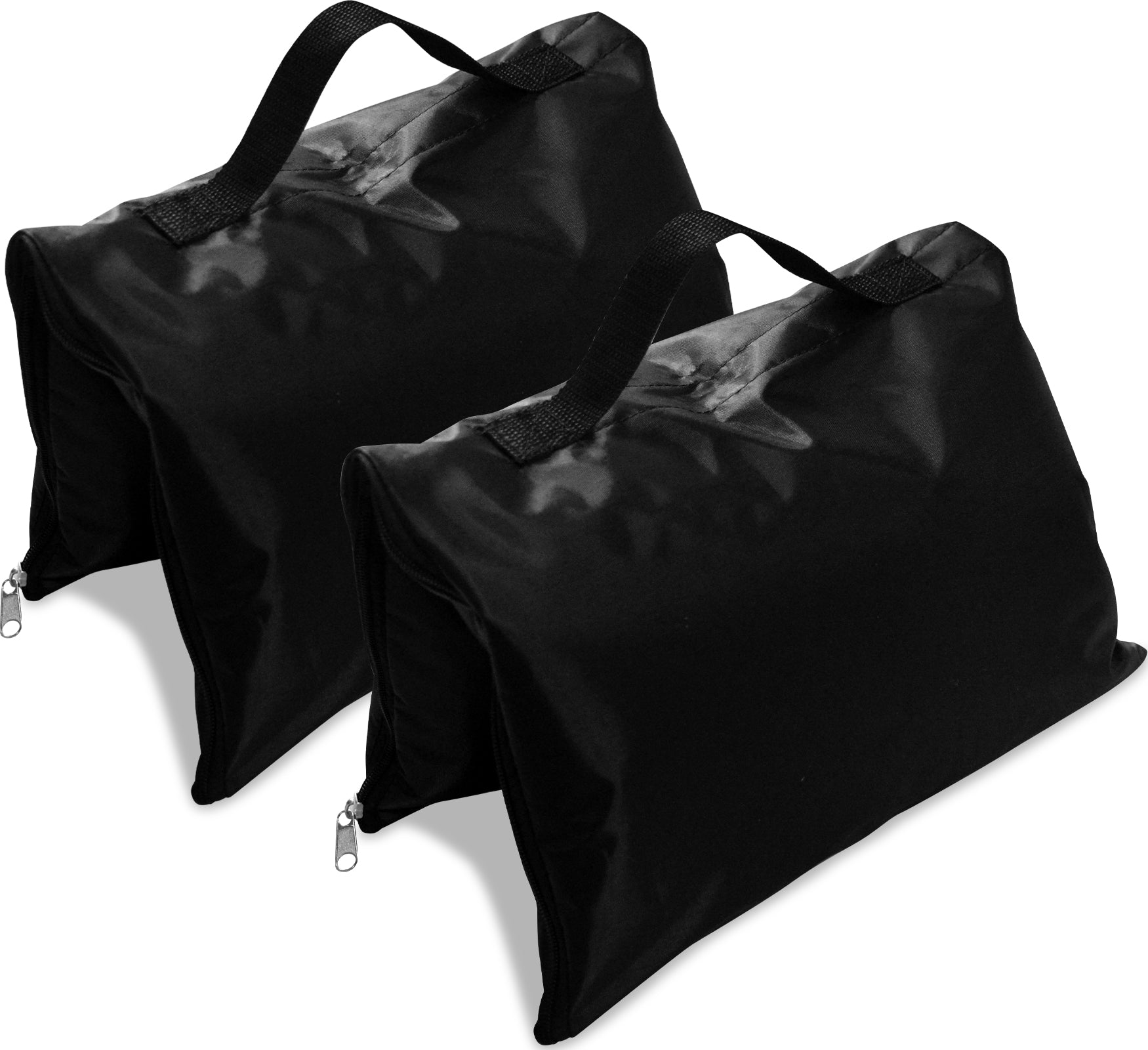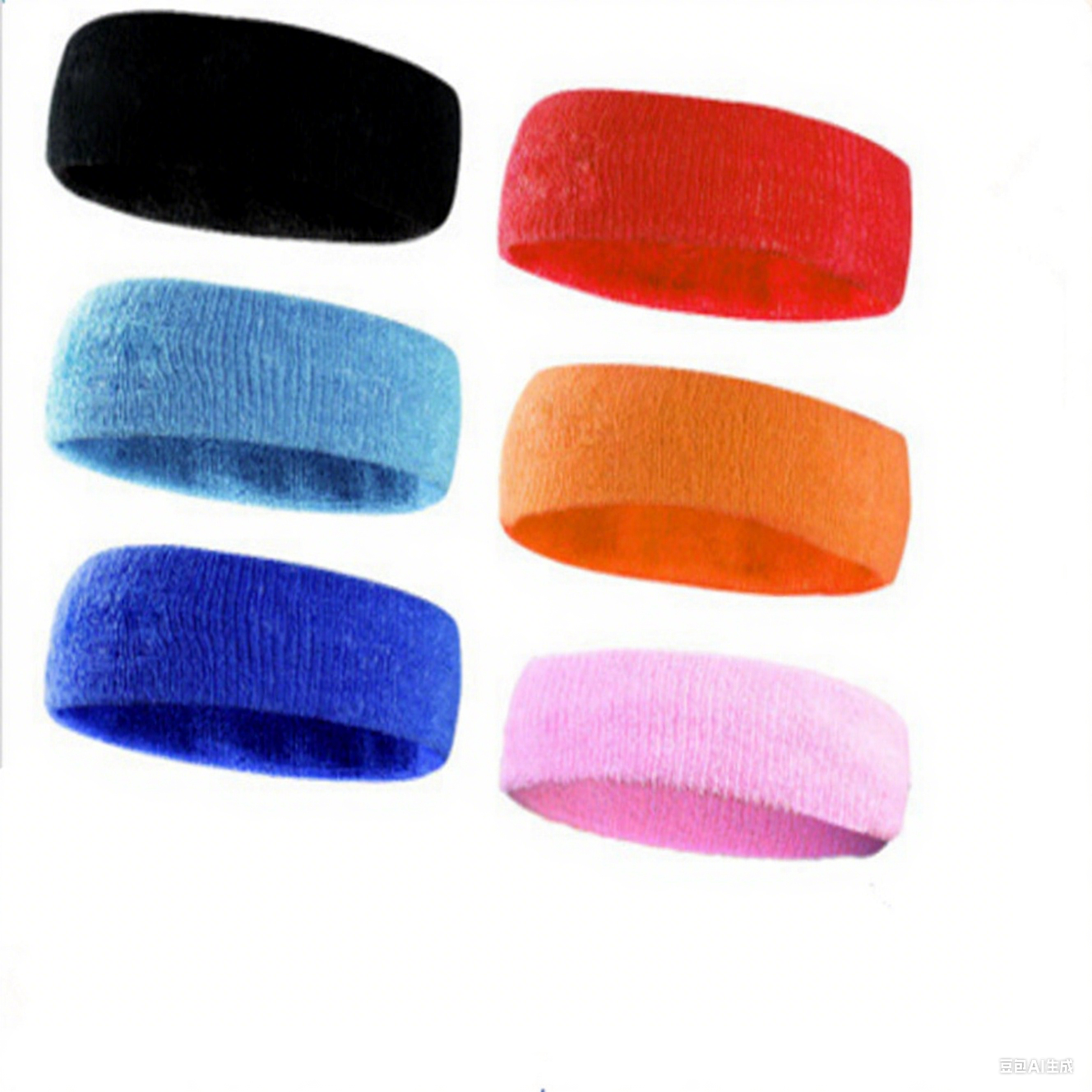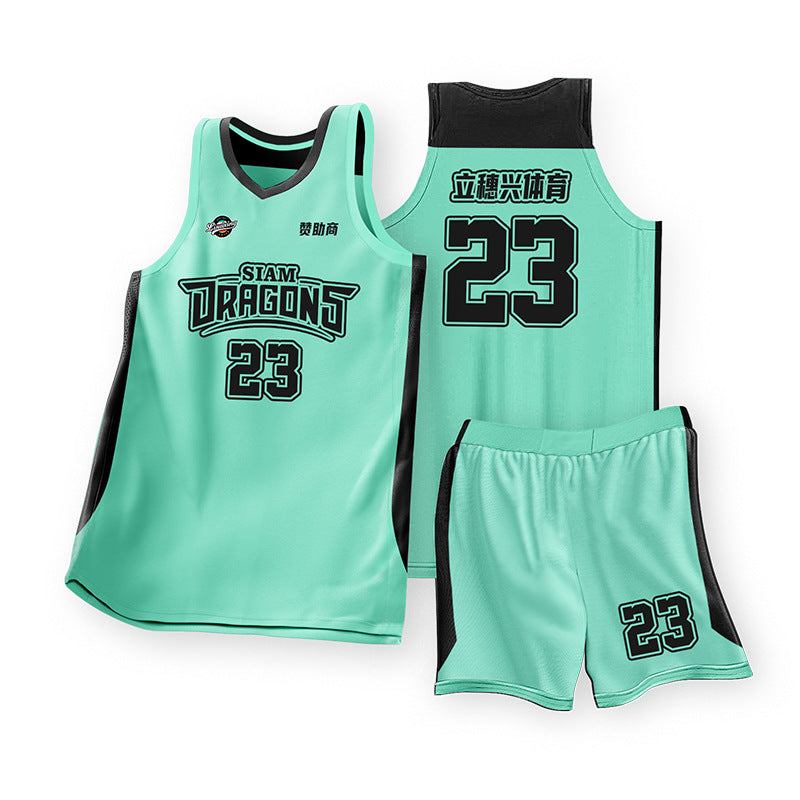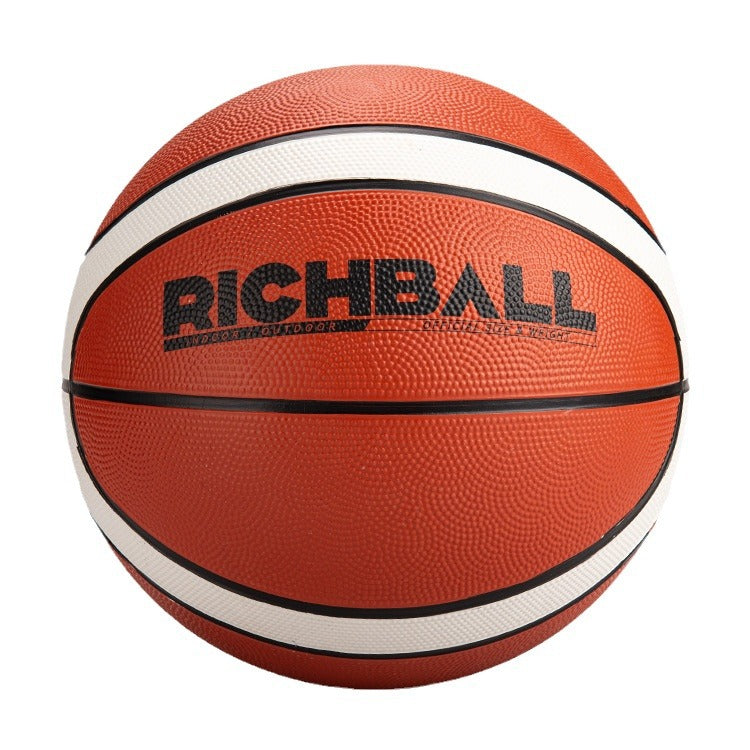Navigating Golf Practice in Salt Lake City's Wild Weather?

Salt Lake City's weather can throw a wrench into our practice plans. Don't worry, though—I've got some tricks up my sleeve to help us keep our swings in shape, rain or shine, or even snow!
In this blog,Galileo sports is putting on its detective hat and diving deep into the facts behind Salt Lake City's Wild Weathe. We will explore how to maintain golf swing practice in the harsh conditions and how to adapt to the bad weather.
Buckle up and keep reading because by the end, you'll have all the answers you need to ride with confidence. Let’s answer the burning question right away!
Understanding Salt Lake City's Weather Patterns

Let's start by acknowledging the elephant on the fairway—Salt Lake City's weather is as unpredictable as a rookie's first tee shot. One day it's sunny and mild, the next you're dodging snowflakes faster than you dodge sand traps.
Salt Lake City
Salt Lake City is located in the western United States and belongs to the inland plateau of the western United States.
Salt Lake City is located in the western United States, in northern Utah. It is the capital and largest city of Utah, United States. Located at 41 degrees north latitude and 111 degrees west longitude, it belongs to the inland plateau of the western United States.
Salt Lake City is located in the greater urban area of the Wasatch Piedmont, and as of 2003, the Ogden-Clearfield metropolitan area was part of Salt Lake City. The city is located at the northern end of a valley, 1,320m above sea level. The surrounding mountains reach an altitude of 3,582m.
The climate is relatively harsh

Salt Lake City is a typical plateau climate area with strong ultraviolet radiation and distinct four seasons.
Winter storms originating from the Gulf of Alaska move southeast toward the Salt Lake City area. The Great Salt Lake near the city affects Salt Lake City on average 6 to 8 times a year.
The Great Lakes Effect often occurs from mid-autumn to mid-winter, sometimes causing excessive snowfall in local areas. The Great Lakes Effect also affects the occurrence of some storms. About 10% of Salt Lake City's annual precipitation is contributed by the Great Lakes Effect.
In the middle of winter, strong high-pressure systems are often located in the Great Basin. This often causes the valleys where cities are located to be shrouded in strong temperature inversions for days or even weeks, bringing fog, haze and pollutants.
This will also cause some harm to residents' health.
Temperature and precipitation vary greatly
Salt Lake City has an average of 26 days with maximum temperatures below 0°C. The lowest temperature recorded was -34°C (February 9, 1933).
In the spring, storms caused by the Pear Express phenomenon from the Pacific bring a lot of moisture to Salt Lake City. Spring is the wettest season in Salt Lake City, and there are often larger, cooler storms that bring many nights of snow. Usually there will be a certain amount of snowfall until about March 18th.
The city's summers are hot and dry. The rainy season starts from mid-July to September and produces localized and severe thunderstorms. Dry lightning strikes without rain are often associated with problems with forest fires due to low humidity.
Years with weak monsoons can bring some powerful thunderstorms, occasional tornadoes, excessive rainfall and flooding. In summer, many citizens flee to the mountains 48 kilometers east to escape the heat, where the temperature is 6°C lower than in the city.
In October, the Pacific becomes active again, bringing more heavy rains, some of which weaken into low-pressure tropical storms, but these rainstorms are usually no heavier than spring rains.
The first snowfall usually occurs in early November, but it has also occurred in early September. The amount of snow dominates precipitation in December. Fall has the greatest temperature variability of the year, with average temperatures around 50°F (10°C).
Indoor Practice Options
When the weather outside is frightful, indoor facilities become our golfing sanctuaries. From hitting bays to Galileo golf hitting cage, these spots let us work on our swing without worrying about frostbite or rain ruining our day.
Galileo sports is as popular as ever in 2024.We highlight 10of our favorite popular golf cages styles in 2024. from tent style to popup style to green style. As always, Keep on Growing.
Want to talk about golf cages styles. or need some swing advice? shoot us a message .https://galileosports.shop/.Well be happy to help you out.
7X7x7 Gagalileo Golf Cage Net/Golf Hitting Cage/ Backyard

Utilizing Outdoor Practice Windows
Believe it or not, there are moments of reprieve in Salt Lake City's weather saga. Early spring and late fall offer brief windows of decent weather, perfect for squeezing in some outdoor practice.
Last fall, I took advantage of one of these precious days. Armed with layers of clothing and a thermos of hot cocoa, I hit the driving range like a pro. It wasn't exactly Augusta National, but hey, it beat being cooped up indoors!
Adapting Practice Techniques
Whether we're indoors or braving the elements outside, adapting our practice routines is key. Instead of obsessing over distance, focus on fine-tuning your technique and honing those short game skills.
I once spent an entire afternoon working on my putting stroke indoors. It might not have been the most exciting practice session, but let me tell you, it paid off big time on the course. Sometimes, it's the little adjustments that make the biggest difference.
Mental Game Strategies
Golf is just as much a mental game as it is a physical one, especially when Mother Nature decides to throw us a curveball. Stay positive, visualize your shots, and embrace the challenge of practicing in less-than-ideal conditions.
I'll admit, there have been times when I've let the weather get the best of me on the course. But by focusing on staying calm and confident, I've turned rainy days into opportunities to sharpen my mental game.
Incorporating Cross-Training and Fitness
Off-season doesn't mean off-duty when it comes to golf. Use those colder months to hit the gym, work on your flexibility, and build strength that will power your swing come springtime.
I'll never forget the first time I incorporated yoga into my off-season routine. Not only did it improve my flexibility and balance, but it also helped me find my zen on the course. Namaste, indeed!
Community Resources and Support
Last but not least, don't go it alone. Salt Lake City has a vibrant golfing community filled with fellow enthusiasts who share your passion. Join a club, attend a clinic, or simply tee it up with friends—golf is always better when shared with others.
I'll never forget the camaraderie I felt when I joined a local golf league. Rain or shine, we were out there, cheering each other on and sharing tips to improve our game. It's amazing what a little support can do for your confidence on the course.
Last words
So there you have it, fellow golfers—weather woes no more! With a little creativity, adaptability, and a positive attitude, we can keep our swings in shape year-round, no matter what Salt Lake City throws our way. So grab your clubs, embrace the elements, and let's hit the links!
